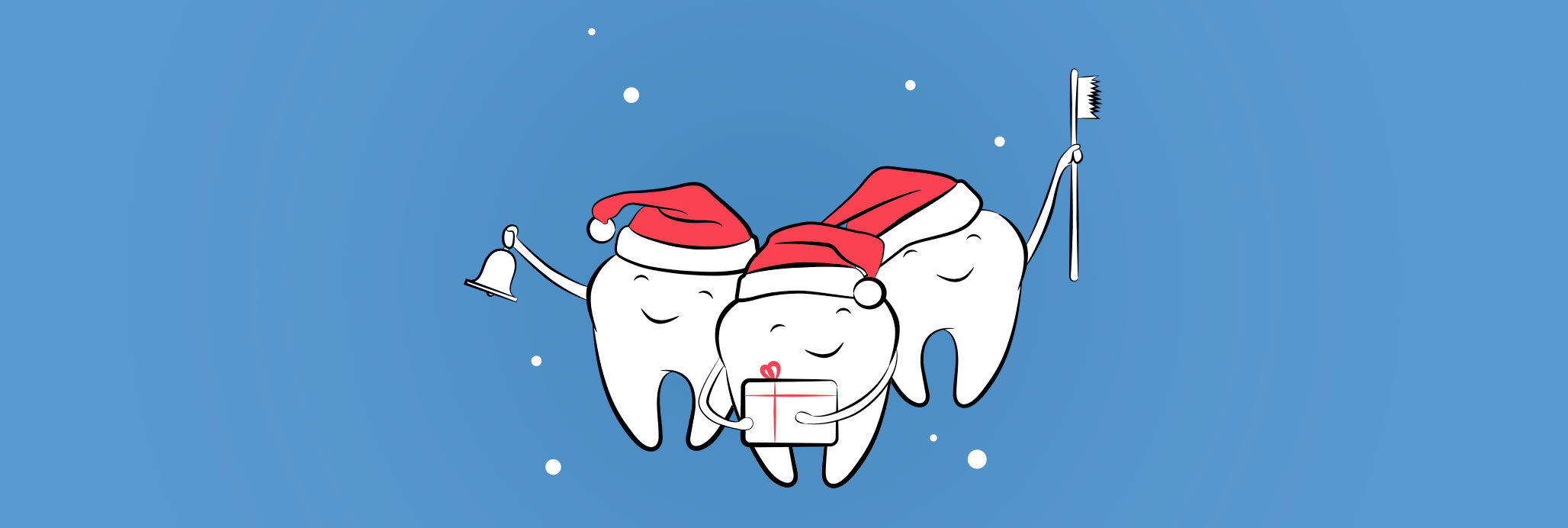

- DSO Billing & RCM
- Dental RCM
- Outsourcing Dental Billing
Enjoy This Holiday Season Without Sacrificing Dental Revenue
Learn how dental practice days outstanding can turn your practice around financially🔗
You might be concerned—if I take two weeks off, either for the December holidays or for a vacation, how is revenue going to flow into my bank account to finance my practice while I’m away? Where is the money going to come from?
We at Medusind have an answer. We know how you can take a holiday break—or any vacation—without stopping your dental practice’s revenue cycle management (RCM) billing processes.
Here’s how it works: If your practice or DSO is using Medusind’s accounts receivable follow-up service and/or its payment posting service, it’s fine if your office is closed—we’ll post your payments (as long as they’re EFTs) and follow up on claims to resolve them. As a result, your revenue stream will be consistent—even if you’re not seeing patients.
This practice is called “dental practice days outstanding” or PDO in the dental industry. It’s the average number of days it takes for a dental practice to collect payment on services rendered to a patient, with the goal being between 20-30 days.
Dental Practice Days Outstanding: How It Works
Dental practice days outstanding is an important performance indicator that enables your practice to assess its billing efficiency, track revenue cycle management, and identify areas for improvement.
You can calculate PDO by dividing the total accounts receivable by the daily average of charges, or the average daily revenue generated by the practice. Here’s the formula for PDO:
PDO = Accounts Receivable / Daily Revenue
This formula will tell your practice how many days, on average, it takes to convert your outstanding invoices into cash.
Why Is PDO Important?🔗
1. Cash Flow Management
Like any other business, your dental practice relies on consistent cash flow to operate smoothly. When your PDO is high, it means your practice is taking longer to collect payments, which can lead to cash flow problems. Practices with high PDO can face challenges in covering operational costs, paying staff salaries, purchasing supplies, or investing in new technologies. But a lower PDO indicates that payments are arriving faster, so you enjoy a steady flow of cash with less financial strain.
2. Operational Efficiency
A high PDO can show your billing process is inefficient. If it’s taking longer than expected to collect payments, there could be problems with insurance claims, billing errors, or inadequate follow-up on outstanding invoices. If you’re not communicating with patients about their insurance coverage, payment options, or outstanding balances, that can result in a longer collection period. By analyzing PDO, your dental practice can identify obstacles in its billing process and improve operations.
3. Impact on Profitability
If your staff is busy chasing after late payments, that’s going to equate to labor costs.
Using third-party collection agencies can be expensive. And your practice might also have to write off some bad debts if you can’t collect payments. But if you improve your PDO, your practice can significantly shrink overhead costs linked to collections and bad debts.
4. Performance Benchmarking
Your PDO is an important benchmarking tool for your dental practices. By tracking this metric over time, you can see how your practice is performing compared to industry standards, to similar-sized practices—or to how well you were performing last year. If your PDO is increasing month over month, it’s a sign you should improve collections or optimize your billing processes.
How Can You Improve Your PDO?🔗
1. Automate Billing and Collections
Automating parts of the billing process is an effective way to reduce PDO. Automation enables you to send out automatic payment reminders, submit claims directly to insurance companies, and offer online payment options to patients. It can speed up your payment cycles and reduce human errors, which in turn reduces the time it takes to collect payments.
2. Clear and Timely Invoicing
Cut your PDO by sending out clear, accurate invoices promptly. The sooner patients and insurers receive their invoices, the faster you can collect payments.
3. Regularly Follow Up on Outstanding Balances
To keep your PDO healthy, establish a procedure to track and follow up on unpaid bills, whether through automated reminders or personal contact. You can significantly reduce your PDO by setting clear deadlines for payment and being proactive in addressing outstanding balances.
4. Offer Multiple Payment Options
Give your patients several payment options. If they can pay by credit card, an online payment system, or a payment plan, it’s easier for them to pay promptly. By offering flexible payment choices, you can avoid delays in receiving payments and improve the overall efficiency of your billing process.
A Proven Way to Shrink Your PDO🔗
Is your dental practice struggling to keep its PDO under control? There’s hope. As a national leader in medical billing and collections, Medusind can be a valuable partner to enable you to manage Dental Practice Days Outstanding, which is crucial for your office’s financial health.
Why are we experts? We specialize in comprehensive RCM for dental practices. We have a proven track record of reducing PDO by improving billing practices and ensuring prompt follow-up on unpaid claims. In addition, we use advanced technology and automation tools to streamline billing processes and correct problems. Our team is adept at identifying issues with insurance claims, following up on denials, and re-submitting claims as needed.
Contact us, and we’ll demonstrate to you how, by fixing your PDO, Medusind can improve your practice’s revenue cycle, reduce administrative burdens, and strengthen your financial stability, resulting in a stronger financial position for your practice.